Dustin Lang
Toronto
Celeste: Variational inference for a generative model of astronomical images
Jun 03, 2015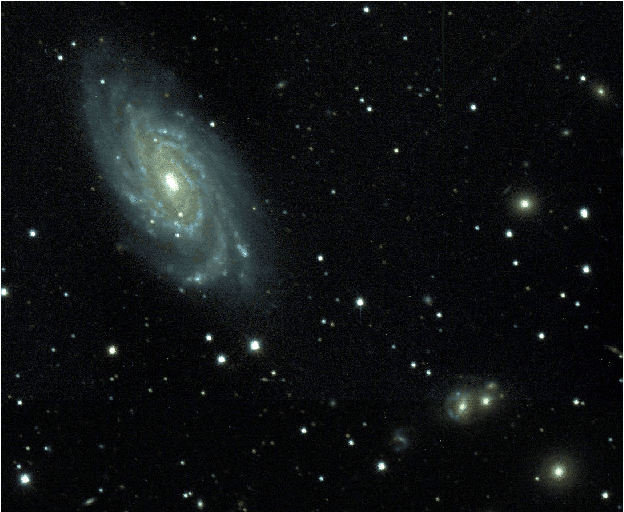
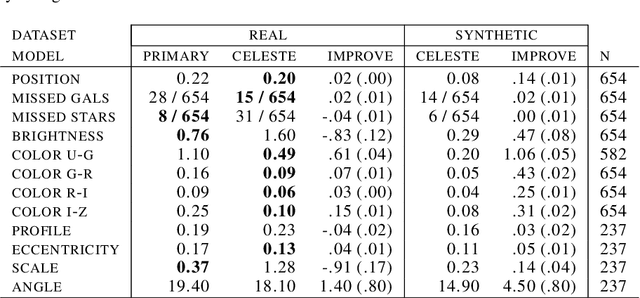
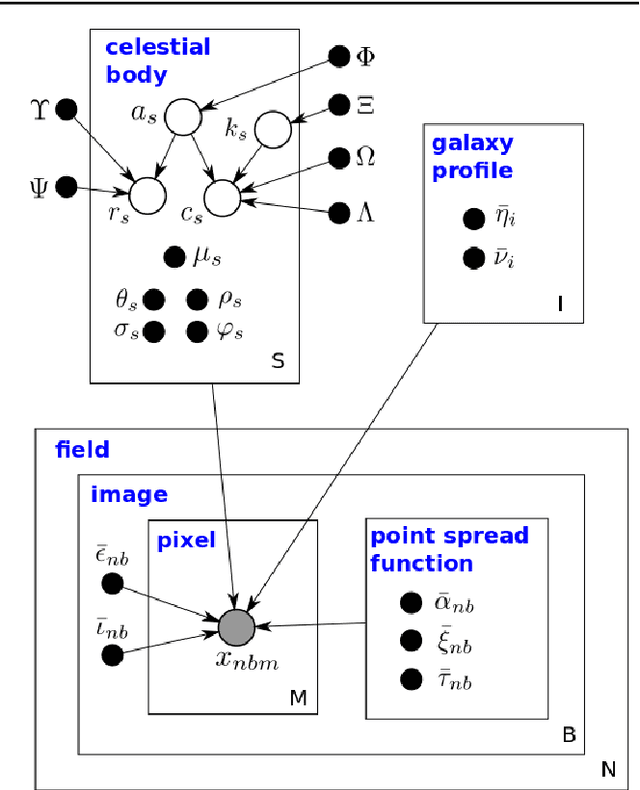
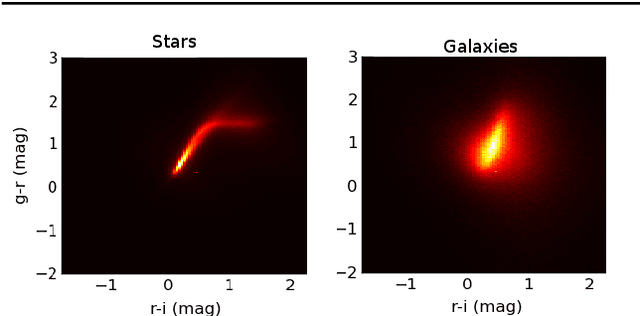
Abstract:We present a new, fully generative model of optical telescope image sets, along with a variational procedure for inference. Each pixel intensity is treated as a Poisson random variable, with a rate parameter dependent on latent properties of stars and galaxies. Key latent properties are themselves random, with scientific prior distributions constructed from large ancillary data sets. We check our approach on synthetic images. We also run it on images from a major sky survey, where it exceeds the performance of the current state-of-the-art method for locating celestial bodies and measuring their colors.
Towards building a Crowd-Sourced Sky Map
Jun 05, 2014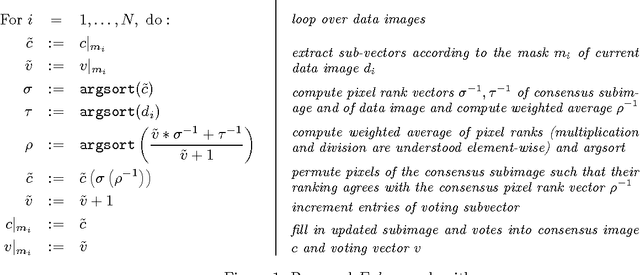

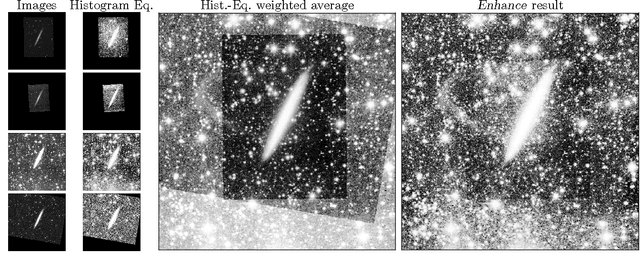
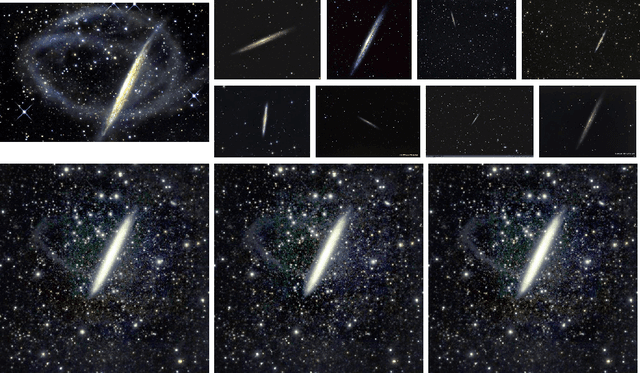
Abstract:We describe a system that builds a high dynamic-range and wide-angle image of the night sky by combining a large set of input images. The method makes use of pixel-rank information in the individual input images to improve a "consensus" pixel rank in the combined image. Because it only makes use of ranks and the complexity of the algorithm is linear in the number of images, the method is useful for large sets of uncalibrated images that might have undergone unknown non-linear tone mapping transformations for visualization or aesthetic reasons. We apply the method to images of the night sky (of unknown provenance) discovered on the Web. The method permits discovery of astronomical objects or features that are not visible in any of the input images taken individually. More importantly, however, it permits scientific exploitation of a huge source of astronomical images that would not be available to astronomical research without our automatic system.
* Appeared at AI-STATS 2014
Astronomical imaging: The theory of everything
Oct 21, 2008Abstract:We are developing automated systems to provide homogeneous calibration meta-data for heterogeneous imaging data, using the pixel content of the image alone where necessary. Standardized and complete calibration meta-data permit generative modeling: A good model of the sky through wavelength and time--that is, a model of the positions, motions, spectra, and variability of all stellar sources, plus an intensity map of all cosmological sources--could synthesize or generate any astronomical image ever taken at any time with any equipment in any configuration. We argue that the best-fit or highest likelihood model of the data is also the best possible astronomical catalog constructed from those data. A generative model or catalog of this form is the best possible platform for automated discovery, because it is capable of identifying informative failures of the model in new data at the pixel level, or as statistical anomalies in the joint distribution of residuals from many images. It is also, in some sense, an astronomer's "theory of everything".
 Add to Chrome
Add to Chrome Add to Firefox
Add to Firefox Add to Edge
Add to Edge